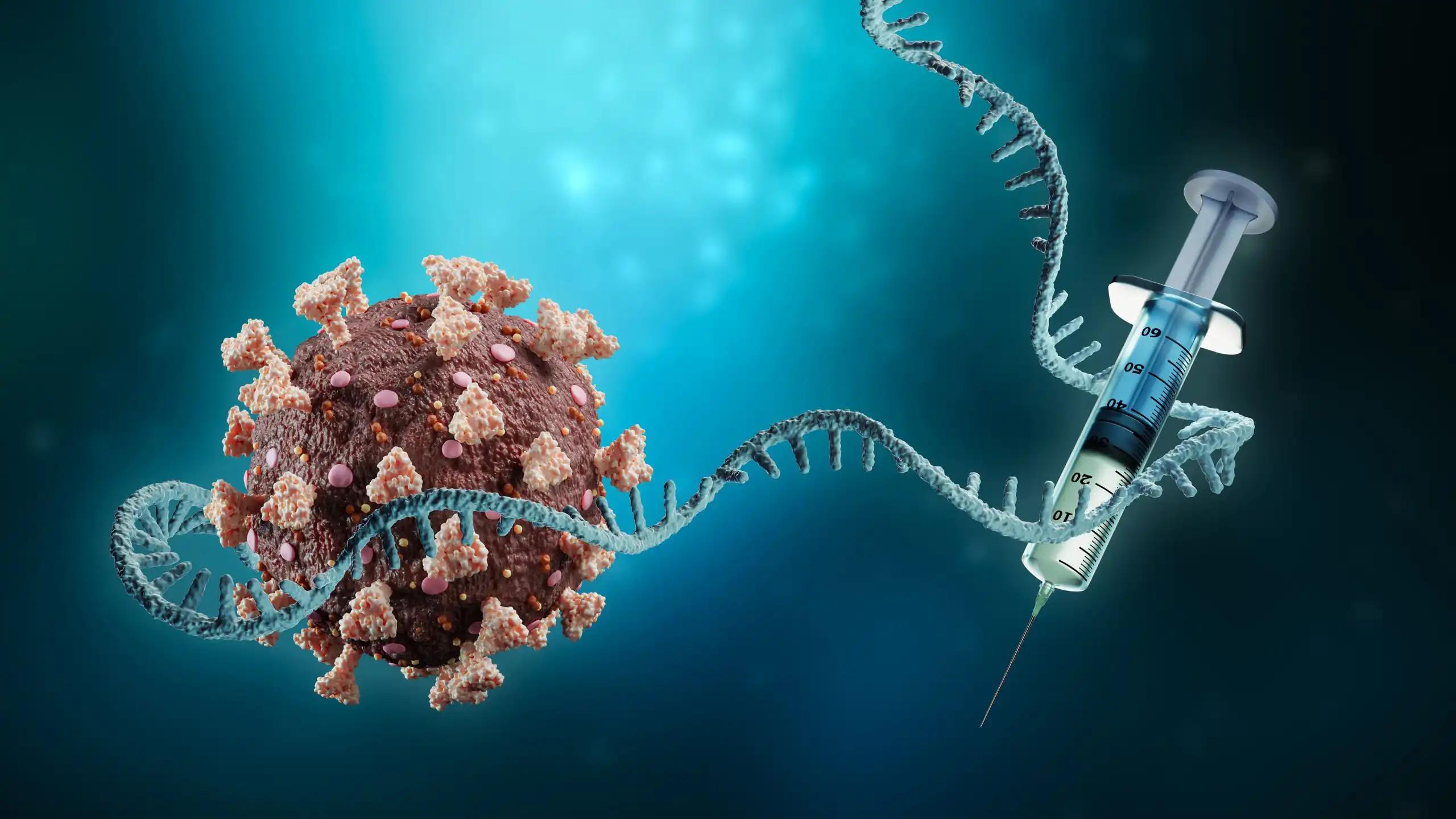KEY TAKEAWAYS
- The phase 3 CANDOR study compared the efficacy and safety of KdD versus Kd in patients with RRMM across different frailty subgroups.
- A frailty score based on age, comorbidities, and functional status was used to categorize patients as fit, intermediate, or frail.
- KdD provided a PFS benefit over Kd in all frailty subgroups, with a clinically meaningful ORR benefit in the frail subgroup, without increased toxicity.
- The study suggests that KdD can be an effective treatment option for RRMM patients across frailty subgroups, including frail ones.
Frailty scores based on age, comorbidities, and functional status have proven helpful in identifying frail patients at risk of poor treatment outcomes. According to an analysis of carfilzomib-treated patients in ASPIRE, ENDEAVOR, and ARROW, the efficacy and safety of carfilzomib regimens remained consistent regardless of frailty status (Facon Blood Adv 2020).
The efficacy and safety of KdD versus Kd in patients with relapsed and refractory multiple myeloma (RRMM) across frailty subgroups were compared in the phase 3 CANDOR trial. Patients were classified as fit, intermediate, or frail based on a frailty score of 0, 1, or ≥2. The scoring algorithm used the International Myeloma Working Group (IMWG) frailty index, which incorporated age, modified Charlson Comorbidity Index (CCI), and Eastern Cooperative Oncology Group performance status (ECOG PS). The final score was determined by assigning points to age (0 if ≤75 years, 1 if 76-80 years, 2 if >80 years), CCI (0 if CCI ≤1, 1 if CCI >1), and ECOG PS (0 if ECOG PS=0, 1 if ECOG PS=1, and 2 if ECOG PS=2). Progression-free survival (PFS) was summarized descriptively, with hazard ratios (HR) and 95% confidence intervals (CI) estimated by the stratified Cox proportional hazards model. The overall response rate (ORR) was summarized descriptively, with odds ratios (OR) and 95% CI estimated by the Mantel-Haenszel method. Response and progression were evaluated using the Onyx Response Computer Algorithm with IMWG criteria.
The proportion of frailty status was generally similar between the KdD and Kd arms, with 27% and 35% of patients classified as fit, 43% and 36% as intermediate, 25% and 27% as frail, and 5% and 2% as unknown, respectively. However, the KdD arm had more patients with prior transplants in the intermediate (65% vs. 36%) and frail (41% vs. 27%) subgroups. In the weak subgroup, fewer patients had been exposed to or refractory to lenalidomide (37% vs. 61% and 25% vs. 46%, respectively) compared to the Kd arm. The median treatment duration for KdD vs. Kd was 99 weeks vs. 68 weeks for fit patients, 82 weeks vs. 31 weeks for intermediate patients, and 51 weeks vs. 21 weeks for frail patients.
The median progression-free survival was not reached in the KdD arm vs. 17.6 months (HR 0.64, 95% CI 0.38–1.07) in the Kd arm for fit patients, not compared vs. 11.1 months (HR 0.44, 95% CI 0.28–0.69) for intermediate patients, and 18.5 vs. 9.3 months (HR 0.66, 95% CI 0.38-1.14 for frail patients). The overall response rate was 89% in both arms for fit patients (OR 1.09, 95% CI 0.35–3.38), 87% vs. 70% for intermediate patients (OR 2.95, 95% CI 1.31–6.62), and 75% vs 54% for frail patients (OR 2.39, 95% CI 1.09–5.22). Treatment-emergent adverse events (TEAEs) occurred in more than 95% of patients in both arms and subgroups, with grade ≥3 TEAEs reported in 87% (KdD) and 70% (Kd) of fit patients, 84% and 71% of intermediate patients, and 91% and 90% of frail patients. In the KdD and Kd arms, fatal TEAEs were observed in 4% and 2% of fit patients, 11% and 9% of intermediate patients, and 16% and 8% of fragile patients. Carfilzomib discontinuation due to TEAEs occurred in 25% vs. 17% of fit patients, 22% vs. 29% of intermediate patients, and 35% vs. 23% of frail patients. Among TEAEs of interest, acute renal failure occurred in 0 fit patients, 3% vs. 14% of intermediate patients, and 8% vs. 5% of frail patients, and infusion reactions occurred in 16% vs. 2% of fit patients, 13% vs. 4% of intermediate patients, and 14% vs. 13% of frail patients in the KdD vs. Kd arms.
The study reaffirms the efficacy and safety advantages of KdD over Kd, showing a PFS benefit across all frailty subgroups without additional toxicity. The observed ORR benefit in the frail subgroup could aid physicians in making treatment decisions for this challenging population.
Source:https://journals.lww.com/hemasphere/Fulltext/2022/06003/P907__CARFILZOMIB,_DEXAMETHASONE,_AND_DARATUMUMAB.798.aspx
Clinical Trial: https://clinicaltrials.gov/ct2/show/NCT03158688/
Quach, H.1,*; Leleu, X.2; Mateos, M.-V.3; Usmani, S. Z.4; Nooka, A. K.5; Goldrick, A.6; Najdi, R.6; Shu, N.7; Facon, T.8. P907: CARFILZOMIB, DEXAMETHASONE, AND DARATUMUMAB (KDD) VS CARFILZOMIB AND DEXAMETHASONE (KD) IN RELAPSED/REFRACTORY MULTIPLE MYELOMA (RRMM): FRAILTY SUBGROUP ANALYSIS OF THE CANDOR STUDY. HemaSphere 6():p 798-799, June 2022. | DOI: 10.1097/01.HS9.0000846500.86746.52



